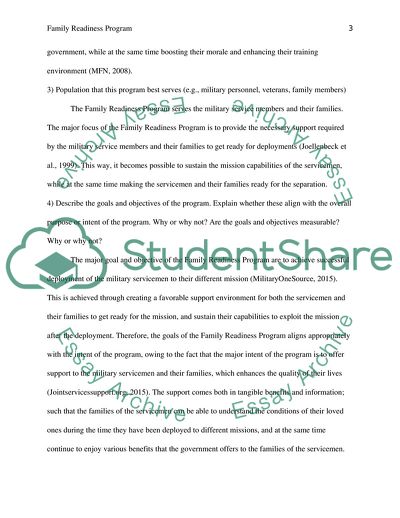Cite this document
(Family Readiness Program Evaluation Case Study Example | Topics and Well Written Essays - 2250 words, n.d.)
Family Readiness Program Evaluation Case Study Example | Topics and Well Written Essays - 2250 words. https://studentshare.org/psychology/1858339-program-evaluation
Family Readiness Program Evaluation Case Study Example | Topics and Well Written Essays - 2250 words. https://studentshare.org/psychology/1858339-program-evaluation
(Family Readiness Program Evaluation Case Study Example | Topics and Well Written Essays - 2250 Words)
Family Readiness Program Evaluation Case Study Example | Topics and Well Written Essays - 2250 Words. https://studentshare.org/psychology/1858339-program-evaluation.
Family Readiness Program Evaluation Case Study Example | Topics and Well Written Essays - 2250 Words. https://studentshare.org/psychology/1858339-program-evaluation.
“Family Readiness Program Evaluation Case Study Example | Topics and Well Written Essays - 2250 Words”. https://studentshare.org/psychology/1858339-program-evaluation.


